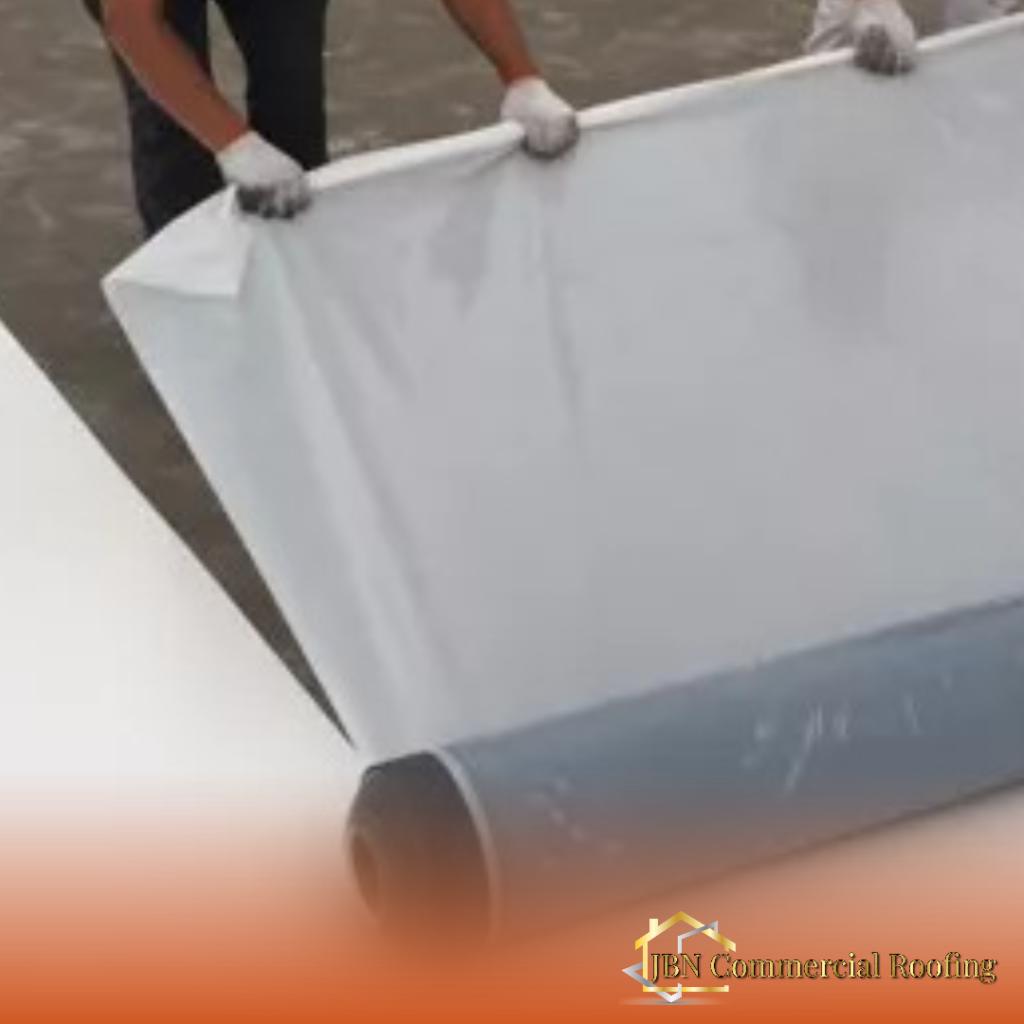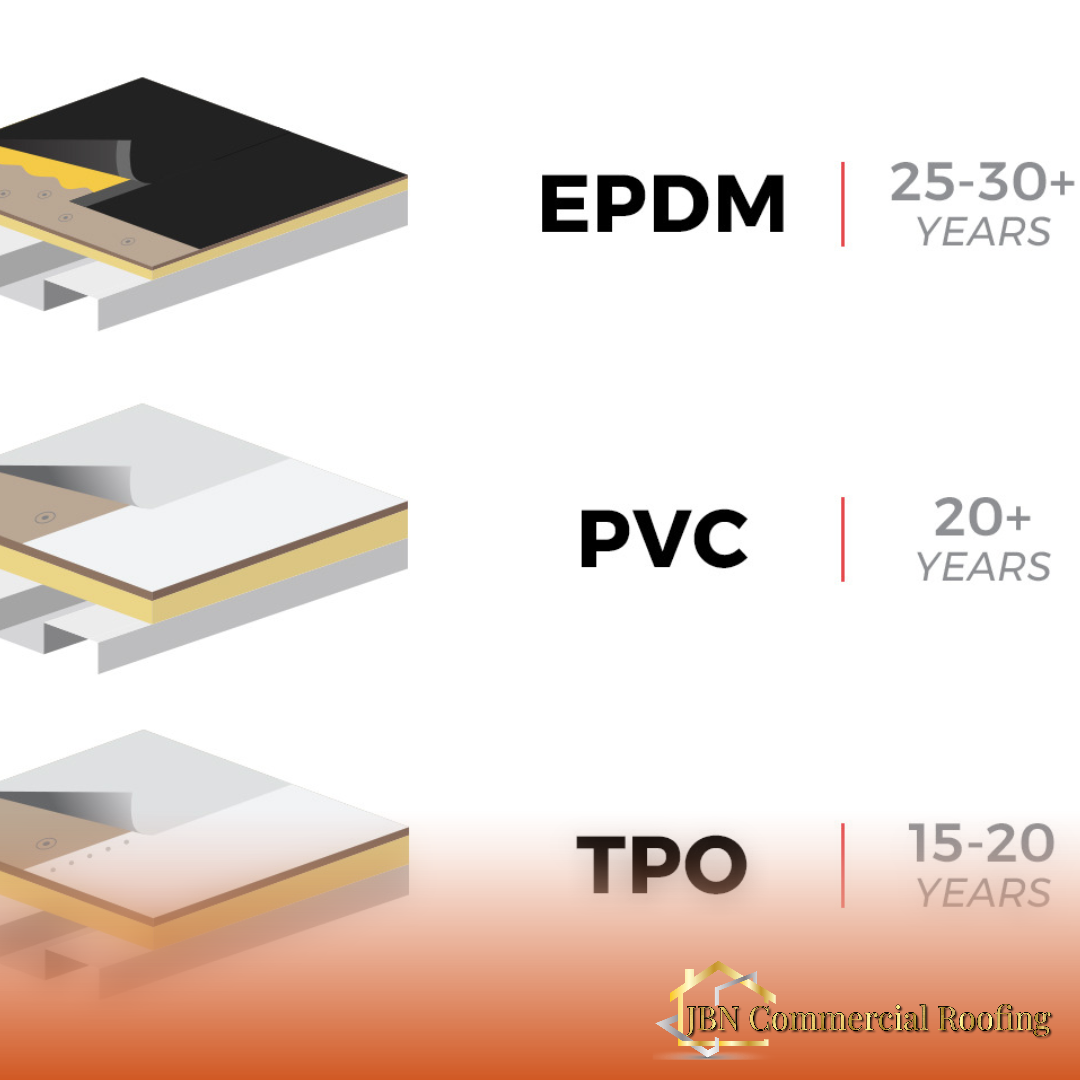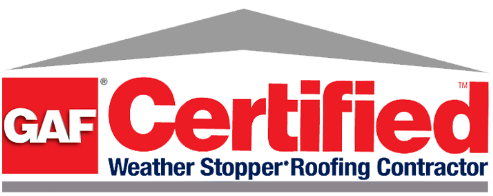Commercial and Industrial Flat Roof Systems
Flat Roof Systems
Customers need to be educated about their roofing requirements as commercial flat roofing systems can be costly. To help you make a decision, here are some details about the most popular flat roofing systems for commercial and industrial buildings.

Flat Roof Systems - Single-Ply Membrane
Single-ply membrane can be factory-manufactured sheets membranes. These membranes can be classified as thermoset (EDPM), thermoplastic (TPO, or PVC) in general. Thermoplastic materials are able to be softened repeatedly by heating and then hardened upon cooling. After heating, the thermoplastic materials will “set” irreversibly. Commonly, single ply membranes are referred by chemical acronyms such as ethylene propylene monomer (EPDM).
Single-ply sheet membrane can be made using any one of three manufacturing methods: extrusion, calendering or spread coating. Some membranes can contain reinforcement layers. For single-ply membranes, reinforcement layers may include scrims or polyester fabrics, glass fibre, felt backing, and/or fleece backing.
The thickness of a finished sheet is commonly referred to as mi thickness. These sheet membranes have a common mil thickness of 30 to 60 mils. Single-ply membranes are available in three different configurations: fully adhered, mechanically attached, or held down by ballast. Single-ply roofs do not require surfacing. A combination of attachment methods can be used to secure a roof system in many cases.
An insulation can be attached mechanically to the substrate, with the roof membrane completely adhering to it.
Flat Roof Systems – EPDM Benefits:
EPDM is highly durable, economically profitable, long-lasting, low maintenance, and efficient. It is an attractive choice for building owners looking to hire a commercial, institutional, or industrial roofing contractor to replace their roofs. EPDM roofing is often backed by a long warranty and comes with low maintenance requirements. They also have low labor costs. EPDM roofs are easy to get code approvals. EPDM roofs can be used in regions that are subject to severe weather conditions, such tornados and hail storms. They have a very high resistance which makes them practical and useful.
Flat Roof Systems EPDM A Single Ply Membrane
Ethylene Proylene Diene Monomer (EDPM), a type of rubber roof that is low-slope, can be used. It is a synthetic rubber that is used most frequently in single-ply roofing. It is also known by the name Single Ply Membrane. It is one of most popular types of low slope roofing. It’s been used on roofs in the United States since 1960. It can be used properly and lasts between 15 and 25 year. It is excellent for preventing leaks. It is also great for roofs with problems such as weathering, joint failure, or inflexibility.
Flat Roof Systems- The Advantages of EPDM
EPDM roofs resist weathering, ozone and surface damage. EPDM is extremely flexible and can withstand heat and fire in cold temperatures. EPDM is the right choice for low-slope and flat roofs. EPDM must be waterproof and resistant to extreme Texas weather.
EPDM is applied in three different ways
- Fully adhered EPDM uses solvent or water-based adhesives that bond the EPDM rubber with the substrate.
- Mechanically fastened EPDM is attached to the substrate by manufacturer-approved mechanical methodology.
- Loosely laid membranes are secured around the perimeters, and at any penetrations. For the support of the materials, a ballast is made from concrete pavers or river rock. The rate at which the river rock is installed is generally between 1000 and 1200 lbs per square (100 square feet of roofing material), while the pavers usually weigh 20-pounds a square foot. Loose-laid roof systems require structural integrity. A splicing tape or adhesive is used to seal the seams.
Flat Roof Systems - TPO & PVC
The thermoplastic PVC roofing system or TPO is another example of a Single-Ply Membrane. These membranes can either be heated repeatedly or hardened once they have cooled. Due to the chemical nature of the material, thermoplastic membranes are typically sealed by hot air welding or solvent welding.
PVC, TPO and TPO are two of the most commonly used thermoplastic roof membranes. Below are brief descriptions of both these systems.
Thermoplastic Olefin
TPO membranes may be produced using calendering and lamination, extrusion, lamination, or extrusion coating techniques. TPO sheets can be made of a combination of polypropylene, ethylene propylene or polymer polymers. These sheets are often reinforced with polyester. TPO sheets may contain colorant, flame retardants or UV absorbers in order to achieve the desired physical properties.
- From 6 feet to 12 ft wide, sheets can be cut from one end to the other.
- The sheets are usually 40-100 mils thick
- Seams are sealed using heat welding with hot air
- TPO membranes can be white or black.
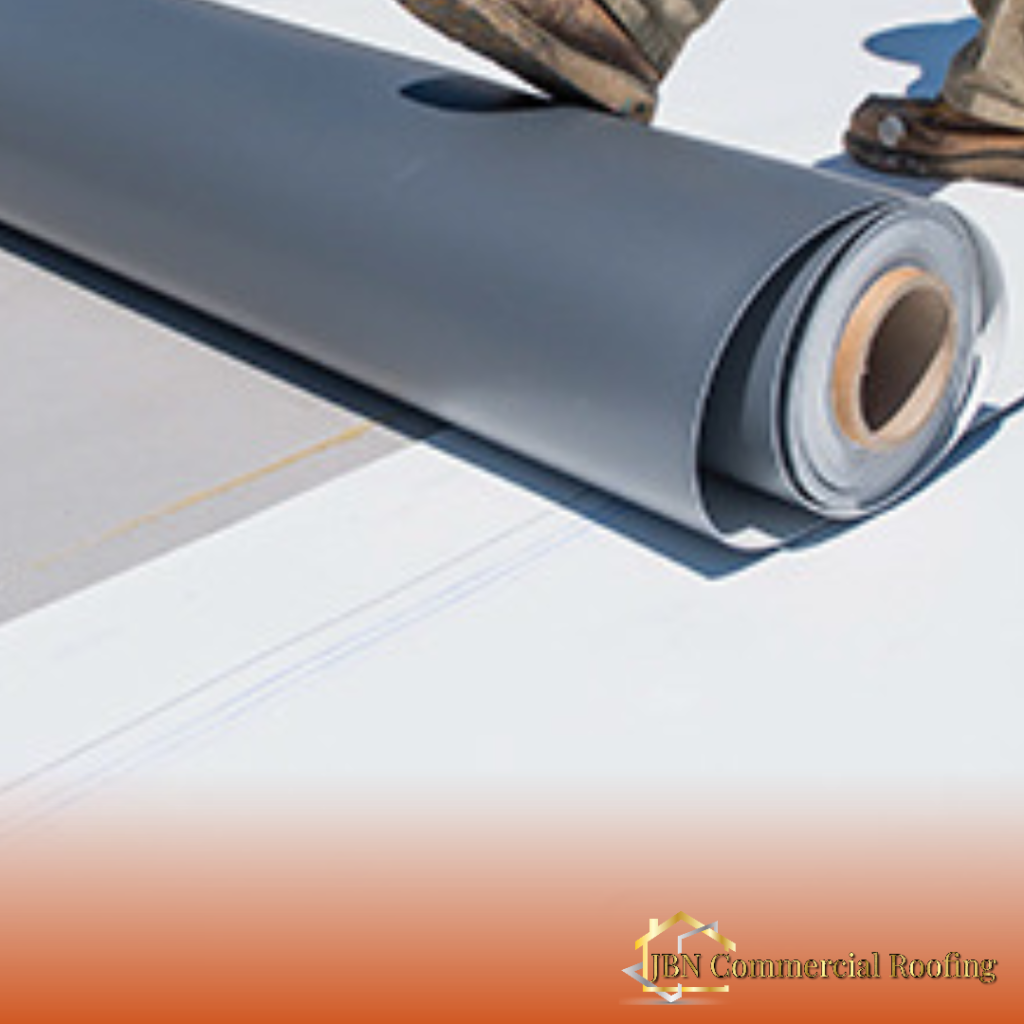
Flat Roof Systems – TPO roofing
PVC sheets are made by spreading coating, calendaring, or extruding. They often have polyester or glass-fibre matrix or scrim reinforcements. PVC sheets can contain plasticizers, stabilizers and other additives to improve flexibility and attain other desired physical properties. Nonwoven fleece backing is available for some membranes.
- You can choose from a range of sheet widths, from 6 feet to 12 foot wide.
- The sheets are usually 45-90 mils thick.
- Seams are sealed using heat or chemical welding.
- PVC membranes come in many colors. However, the most commonly used are white and gray.

